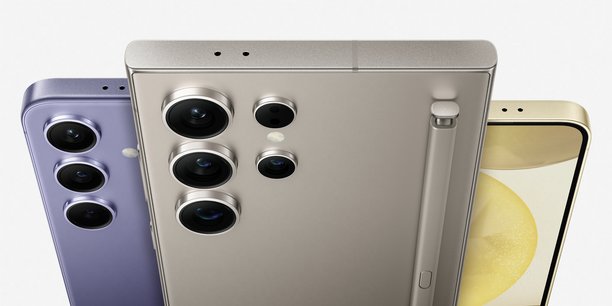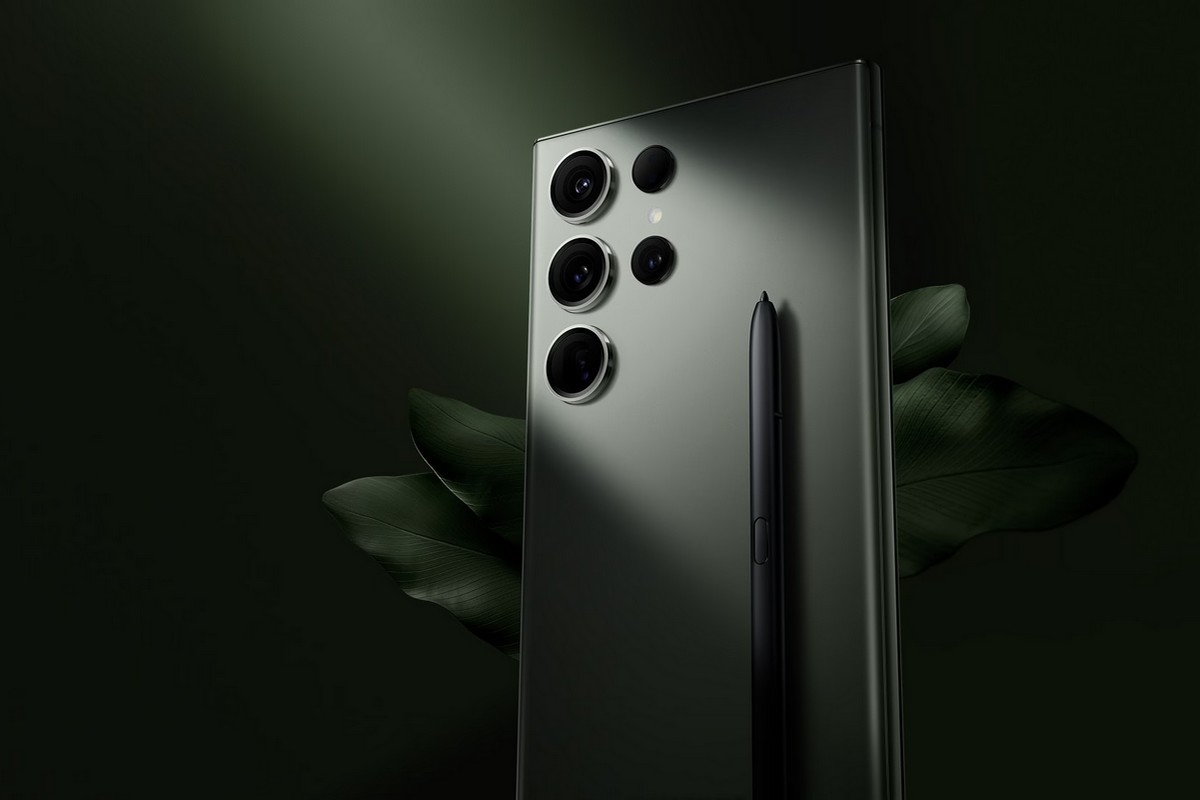With generative AI, Samsung transforms smartphones into personal assistants

Generative artificial intelligence is taking root inside smartphones for good. On Wednesday evening, Samsung introduced its new ecosystem of AI features, called Galaxy AI, which is integrated directly into its high-end smartphones. A small revolution. For the moment, most use generative AI tools, such as ChatGPT the cloud. In other words, user commands are sent to a remote server, in a data center, where the AI model will run and then send back feedback.
This system poses several problems: to begin with, it is impossible to use the tool without an Internet connection. Then, depends the cloud With the attendant data security risks, getting data off your device makes sense. By integrating AI capabilities directly into its applications, Samsung solves both of these cost problems. Above all, it has dealt a major blow to the smartphone market, despite losing the number one spot it had held for more than ten years in favor of its former runner-up, Apple. Good news for the group, whose high-end smartphone sales survived a difficult 2023 marked by declining profits, weighed down by a decline in processor sales.
Now say AI phone not smartphone
Before the Galaxy, Google’s Pixel 8 Pro, released in October, billed itself as the first artificial intelligence smartphone. But as noted The Verge, the generative AI functionality promised at the time of its release has been slow to arrive, and above all remains relatively limited. Furthermore, Google is a niche player – albeit a growing one – in a market dominated by the Samsung-Apple duo.
This is why the arrival of Samsung in the market “ AI phone » – the new term the Korean manufacturer is trying to impose – is needed to get the trend off the ground. Especially since Apple for its part avoids using the term “artificial intelligence” whenever possible. Chinese brands starting with Xiaomi should follow in Samsung’s footsteps. As recalled the echo, the smartphone market has seen just one year of growth since 2017, and could really use a boost. Because at the same time, the manufacturer’s bet on foldable smartphones has been slow to bear fruit on a large scale.
It is sometimes difficult to draw a clear line between “old AI”, which has provided smartphones with functionality for years (auto-correction, photo processing, transcription, etc.), and generative AI, which brings a new realm of possibilities. But one thing is certain: manufacturers are preparing to join the software war in this area.
AI writes, translates and organizes locally
Concretely, Samsung’s new generative AI features are integrated into pre-installed apps on the new Galaxy S24, its range of high-end smartphones. So they encourage users to invest in the brand’s software ecosystem, which has been one of its key areas of growth in recent years.
Galaxy AI takes the form of a number of assistants that are able to interact with texts, vocal content and images. In detail, we find: an instant translation tool that allows you to call with an interlocutor who does not speak the same language, another to act as an interpreter in face-to-face conversations; an assistant for transcribing, summarizing and translating audio recordings with the ability to recognize up to ten different speakers; Message writing assistant (one of the most common uses of ChatGPT) integrated directly into the Samsung keyboard and available in 13 languages; Or an assistant integrated into the Samsung Notes application, capable of rearranging text in one click.
On the photo side, Galaxy AI integrates features found in certain image editing software like Adobe. The user will, for example, be able to cut and move objects with a few gestures, and the AI will be responsible for filling the voids created with compatible materials. Generative AI also boosts automatic retouching tools, for cropping, adding background blur, or even reviewing a photo’s colorimetry. The Korean company has everything planned, as photos retouched by AI will be marked as such (in the watermark and data attached to the file) to avoid the risk of malicious use.
Finally, the Galaxy S24 also introduces a new Google feature, “Surround to Search”. As its name suggests, it allows the user to initiate a search by circling any part of the image or text displayed on their screen with their finger. Google’s AI will then recognize the content (as the very powerful Google Lens already does) and launch an associated search. At the same time, Samsung announced the signing of a multi-year partnership with Google Cloud to integrate the latest Gemini Pro and Vertex AI models on its smartphones. A complementary approach to Galaxy AI, as calling the tech giant’s AI always requires access to the internet.






